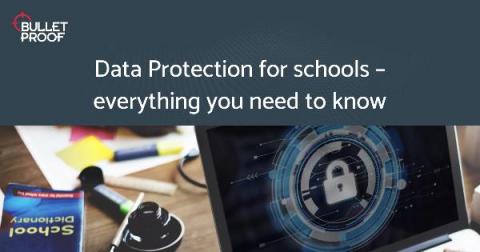5 questions every higher-ed security leader should ask
In the day and age of COVID-19 we have witnessed a transformation of the way we work. If I were asked before March of 2020 how long it would take to make the progress in digital and security transformation that we as a society have made in the last 9 months, I would have guessed at least 5 years. The rate of adoption in the face of the pandemic has been unprecedented. Nowhere have the changes required to make remote working come on faster than with education.






